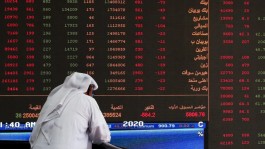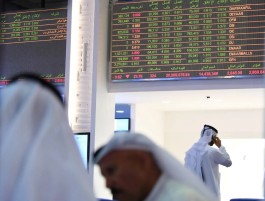Oil futures rose slightly at the beginning of trading on Monday, with the re-emergence of geopolitical tension in the Middle East, raising concerns about supplies from the region, but the uncertainty regarding the voluntary reduction in production by OPEC+ and the growth of global demand for fuel casts a shadow on the future outlook for the sector. .
Price action
By 0018 GMT, Brent crude futures rose 28 cents, or 0.4 percent, to $79.16 per barrel, while US West Texas Intermediate crude futures reached $74.36 per barrel, up 29 cents, or 0.4 percent. .
The re-emergence of geopolitical tension at the weekend gave a boost to lower crude oil prices when they reopened this morning, said Tony Sycamore, market analyst at IG Markets.
He added that escalating tension appears to be surfacing again in the Middle East as a result of the resumption of Israeli attacks in Gaza.
The US military said on Sunday that fighting had resumed in Gaza and that three commercial ships were attacked in international waters in the southern Red Sea, while the Yemeni Houthi group claimed responsibility for drone and missile attacks on two Israeli ships in the region.
Tina Teng, an analyst at CMC Markets, said that the resumption of the war between Israel and Hamas fueled the upward momentum in oil prices.
However, oil prices may continue to be under pressure at the present time due to the disappointing pace of economic recovery in China and increased US production, she added.
Energy services company Baker Hughes PKRO said in its closely watched report on Friday that US oil rigs increased by five to 505 this week, the highest since September.
Oil prices are recovering from a drop of more than 2 percent last week due to investor doubts about the extent of supply cuts by the Organization of the Petroleum Exporting Countries and its allies including Russia, which is called the OPEC+ alliance, and concerns about the slowdown in global manufacturing activity.
RBC Capital analysts said in a note that prices are likely to remain volatile and perhaps directionless until the market sees clear data points related to the voluntary reduction in production, adding that such data will not be available until after two months.
Regarding Russian oil, Western countries have intensified their efforts to implement the maximum price per barrel of $60 on seaborne shipments of Russian oil, which they imposed to punish Moscow because of its war in Ukraine.
On Friday, Washington imposed additional sanctions on three entities and three oil tankers.




































